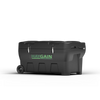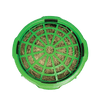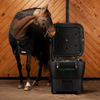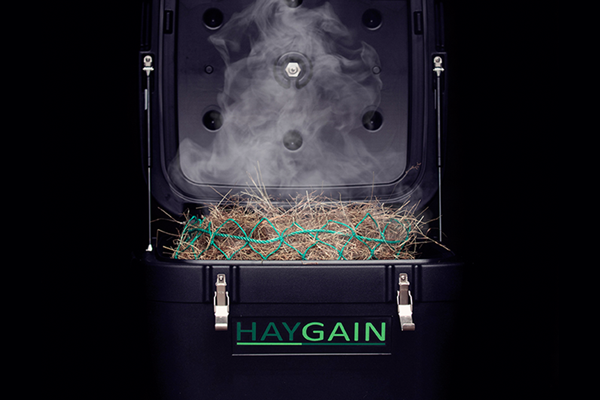HAYGAIN
RESEARCH AND PUBLICATIONS
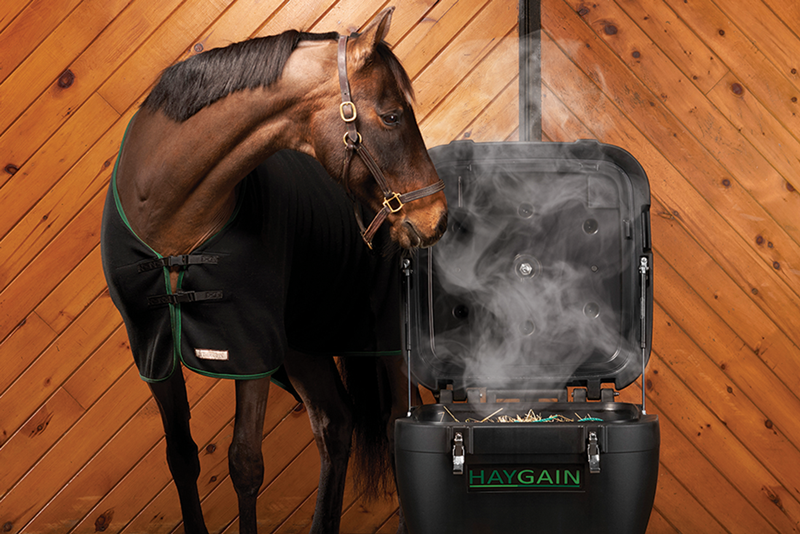
Landmark study just published in the Journal of Veterinary Internal Medicine shows overwhelming evidence for the effectiveness of Haygain steamed hay in reducing Inflammatory Airway Disease (IAD) in horses. No other method tested in the study was found to be as effective.

In a large scale study with almost 750 horses, the key findings were:
88% of horses were found to be suffering from IAD (higher than in previous studies)
Horses fed steamed hay from a Haygain hay steamer were 65% less likely to develop IAD.
The impact of IAD on performance was also shown. Poor performance/exercise intolerance was more frequent in horses with fungal particles found in their airway than horses without.
The alternatives to steaming hay did not significantly reduce the risk of IAD.
Feeding soaked hay, feeding haylage, or commercial ‘dust free’ hay did not decrease the risk of a positive IAD diagnosis.
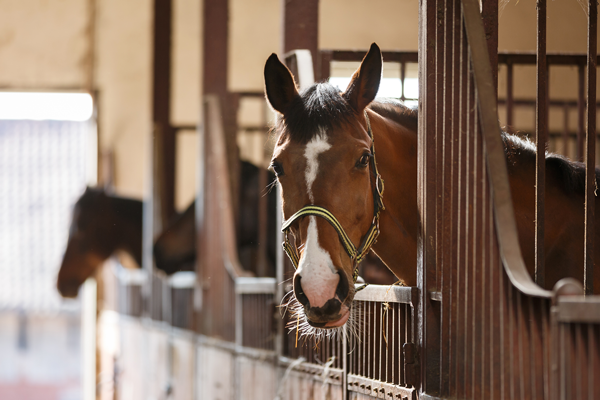
This study is in line with a preliminary study showing a high prevalence of IAD and the effect of steaming hay with a Haygain hay steamer, but here we have results from a much larger sample and showing even more impact on IAD from steaming than ever before, while also now receiving the endorsement of peer review and publication in the most authoritative journal in its field. The Journal of Internal Veterinary Medicine is the official publication of the American College of Veterinary Internal Medicine, the European College of Veterinary Internal Medicine, the European College of Veterinary Neurology, and the European College of Equine Internal Medicine.

The study also found that steaming hay with a Haygain hay steamer had a protective effect against the development of IAD which suggests it should be used in all horses on an ongoing basis as a preventative measure.
In agreement with previous studies the research found a high prevalence of IAD in the unusually large group of active performance horses composed of showjumpers, dressage horses, Thoroughbreds, and Standardbred racehorses, endurance horses, eventers, and leisure horses.
The paper warns against bedding on straw and feeding dry hay, and these options cannot be recommended for performance horses as they are significant risk factors for IAD.
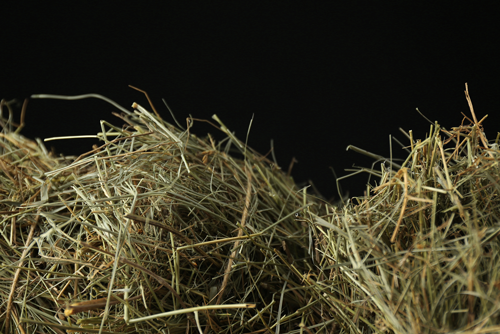
This study published in November 2020 looked at the bacterial profile of four UK hays and the effects of soaking and steaming on the bacterial profiles. It was found that steaming significantly reduced the amount of bacteria in the hay without affecting the profile and types of bacteria present (diversity). While soaking dramatically increase gram-negative bacteria and reduced bacterial diversity.
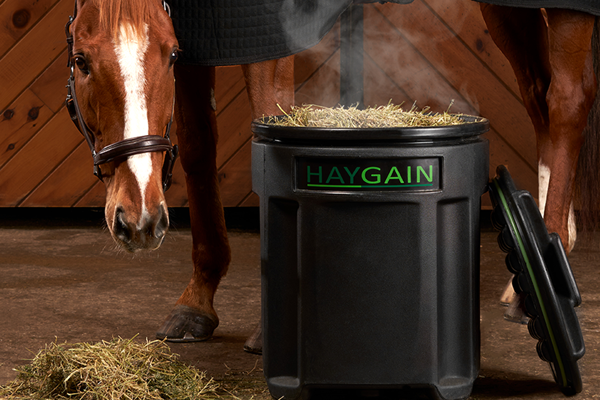
HYGIENIC QUALITY OF HAY
Steaming hay in the Haygain Hay Steamer drastically improved the hygiene quality of whole bales of hay. The microbial contamination was reduced to zero for fungi and yeasts and by 98.84% for bacteria.
-
READ THE REPORT
As Spring starts to get closer horses can spend more time outside grazing but be aware of the sugar rich grass, which is low in fibre.
-
READ THE REPORT
The only nutrient lost after a 50 minute cycle in the Haygain HG 1000 was WSC (sugar), which was a small but significant reduction.
Proceedings of British Society of Animal Science Conference, 2013
-
READ THE REPORT
Soaking hay for 9 hours followed by steaming for 50 minutes is the most effective method for reducing WSC and microbial contamination.
PLoS One, 2014
-
READ THE REPORT
Steaming reduces the RAO-affected horse’s response to hay, coinciding with a reduction in viable fungal content of hay.
Proceedings of the Annual ACVIM Conference, 2012
-
READ THE REPORT
A 50 minute steam in the Haygain HG 1000 was effective at reducing respirable particles in all hays, whether slightly dusty or very contaminated.
European Workshop for Equine Nutrition, 2010
-
READ THE REPORT
The HG 600 steamer is the most effective treatment for improving the hygienic quality of the hay, while soaking was found to vastly increase bacteria.
European Workshop for Equine Nutrition, 2012
-
READ THE REPORT
This study found that the HG 600 is significantly more effective at reducing microbes in hay compared with home-made steamers and soaking.
Proceedings of the European Equine Health and Nutrition Congress, 2013
-
READ THE REPORT
This study underlined that horses preferred to eat steamed hay compared to haylage and dry hay.
Proceedings of British Society of Animal Science Conference, 2013
-
READ THE REPORT
Steamed hay was preferred over dry and soaked hay: once tasted, Haygain hay was always the first to be consumed.
Advances in Animal Biosciences, 2012
-
READ THE REPORT
Steaming hay in the HG 600 significantly reduces microbial growth, even after 4 days of being left open.
Proceedings of British Society of Animal Science Conference, 2013


